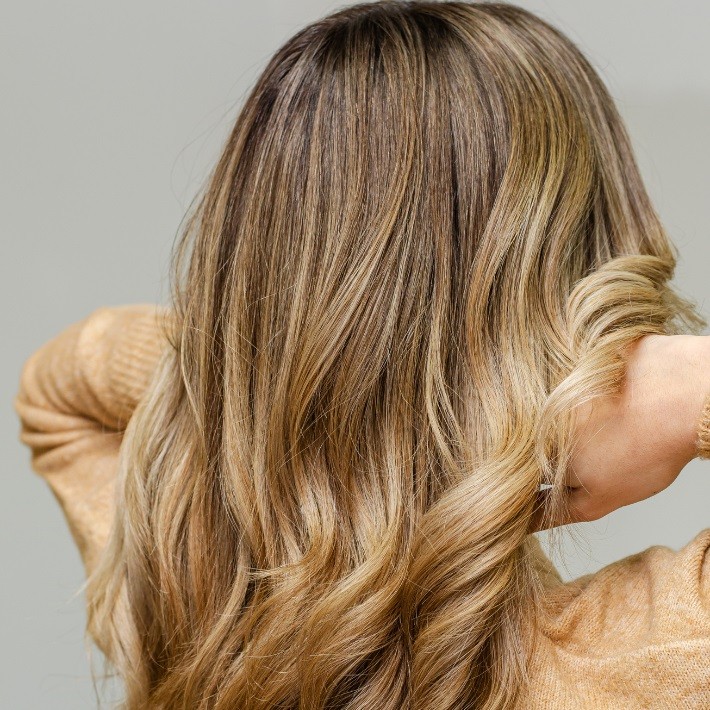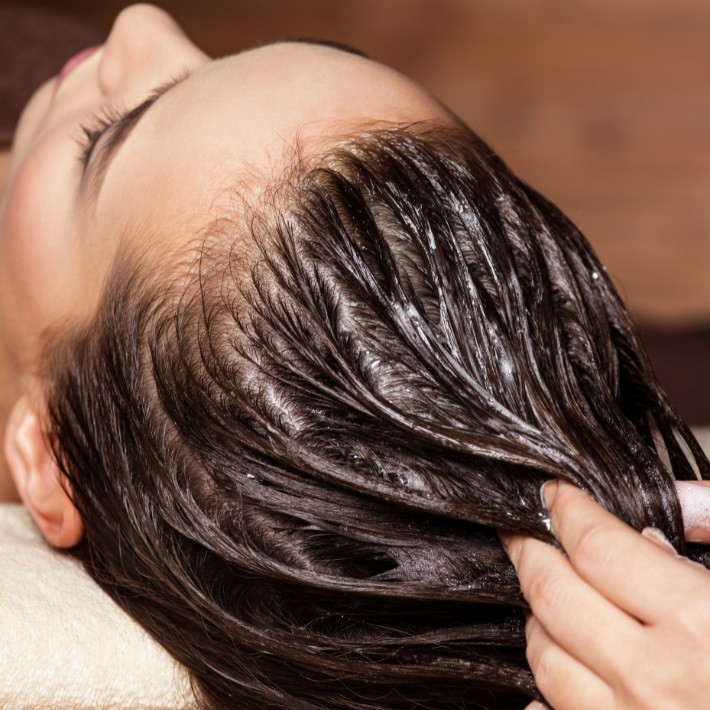Last Updated on March 28, 2025
When it comes to hair care, understanding your hair’s porosity is key. But what exactly is low porosity hair, and how do you moisturize it? In this comprehensive guide, we’ll dive deep into the world of low porosity hair care and share essential tips on how to moisturize low porosity hair effectively. So, grab a cup of tea, sit back, and let’s get started!
How To Moisturize Low Porosity Hair?

Low porosity hair has a tightly packed cuticle layer, making it difficult for moisture to penetrate. To effectively moisturize low porosity hair, you’ll need to use the right techniques and products. In this section, we’ll explore various methods to ensure your hair stays hydrated and healthy.
Related: Do Oils Moisturize Hair?
The Importance of Proper Cleansing
A clean scalp and hair are essential for moisture retention. Buildup from products can block moisture from entering the hair shaft. Here’s how to cleanse low porosity hair:
- Use a clarifying shampoo once a month to remove buildup.
- On a weekly basis, use a gentle, sulfate-free shampoo.
- Don’t forget to massage your scalp to improve blood circulation and promote healthy hair growth.
Deep Conditioning: Your New Best Friend
Deep conditioning is crucial for low porosity hair. It helps open up the cuticles, allowing moisture to penetrate the hair shaft. Here’s how to deep condition effectively:
- Use a deep conditioner with ingredients like aloe vera, honey, or glycerin.
- Apply heat by using a heat cap, steamer, or sitting under a hooded dryer.
- Rinse with cool water to seal the cuticles and lock in moisture.
Don’t Skip the Leave-in Conditioner
A lightweight leave-in conditioner will help maintain moisture levels in low porosity hair. Apply it to damp hair and gently distribute it using a wide-tooth comb or your fingers.
Seal in the Moisture
To lock in moisture, use a lightweight oil like grapeseed, jojoba, or sweet almond oil. Apply it to your hair, focusing on the ends, to create a barrier that helps prevent moisture loss.
The LCO/LOC Method: A Game Changer
The LCO (Liquid, Cream, Oil) or LOC (Liquid, Oil, Cream) method is a popular technique for moisturizing low porosity hair. Experiment with both methods to find out which one works best for you.
LCO Method
- Apply a water-based leave-in conditioner (Liquid).
- Follow with a cream-based moisturizer (Cream).
- Seal with a lightweight oil (Oil).
LOC Method
- Apply a water-based leave-in conditioner (Liquid).
- Seal with a lightweight oil (Oil).
- Finish with a cream-based moisturizer (Cream).
Related: How To Fix Over Moisturized Hair?
Know Your Ingredients
Choosing the right products is essential for moisturizing low porosity hair. Look for water-based, lightweight products that contain humectants, emollients, and proteins in the right balance.
Humectants
Humectants, such as glycerin, aloe vera, and honey, attract moisture from the air and help retain it in the hair.
Emollients
Emollients like shea butter, coconut oil, and avocado oil smooth and soften the hair, making it more manageable.
Proteins
Low porosity hair may not need heavy protein treatments, but some protein can help strengthen the hair.
Hydrolyzed Proteins
Hydrolyzed proteins, such as silk or keratin, are broken down into smaller particles, making it easier for them to penetrate low porosity hair. Use protein treatments sparingly and focus on incorporating them into your conditioners or leave-in products.
The Power of Steam

Steaming is a fantastic way to open up the cuticles and allow moisture to penetrate low porosity hair. Use a hair steamer or simply take advantage of the steam from your shower to help your hair absorb moisture more effectively.
Related: Can You Perm Bleached Hair?
Experiment with Protective Styles
Protective styles, like braids, twists, and updos, can help low porosity hair retain moisture. Remember to moisturize your hair before installing a protective style and maintain your hair’s hydration levels while wearing the style.
Be Gentle with Your Hair
Low porosity hair can be prone to breakage, so always handle it with care. Use wide-tooth combs, detangle gently, and avoid harsh chemicals and heat styling.
Frequently Asked Questions
1. How often should I moisturize low porosity hair?
It depends on your hair’s needs, but generally, moisturizing every 2-3 days is sufficient. Pay attention to how your hair feels and adjust your routine accordingly.
2. How do I know if I have low porosity hair?
The easiest way to determine your hair’s porosity is by performing the float test. Take a strand of clean hair and place it in a glass of water. If it floats, you have low porosity hair. If it sinks, you have high porosity hair.
3. Can I use heat on low porosity hair?
Heat can be damaging, but when used carefully and sparingly, it can help open the cuticles and improve moisture absorption. Always use a heat protectant and avoid excessive heat.
4. Are there any DIY treatments for low porosity hair?
You can try DIY deep conditioning treatments with natural ingredients like honey, aloe vera, or avocado. However, always patch test before applying any DIY treatment to your entire head.
5. How often should I trim my ends?
Trimming your ends every 8-12 weeks can help maintain the overall health and appearance of your low porosity hair.
6. Is it possible to change my hair’s porosity?
Hair porosity is primarily determined by genetics, but factors like heat styling, chemical treatments, and hair care practices can impact porosity. Adopting a healthy hair care routine and avoiding damage can help improve your hair’s porosity over time.
Conclusion
Understanding how to moisturize low porosity hair is essential for maintaining healthy, hydrated locks. By incorporating the right products, techniques, and care practices, you’ll be well on your way to nourishing and revitalizing your low porosity hair.

